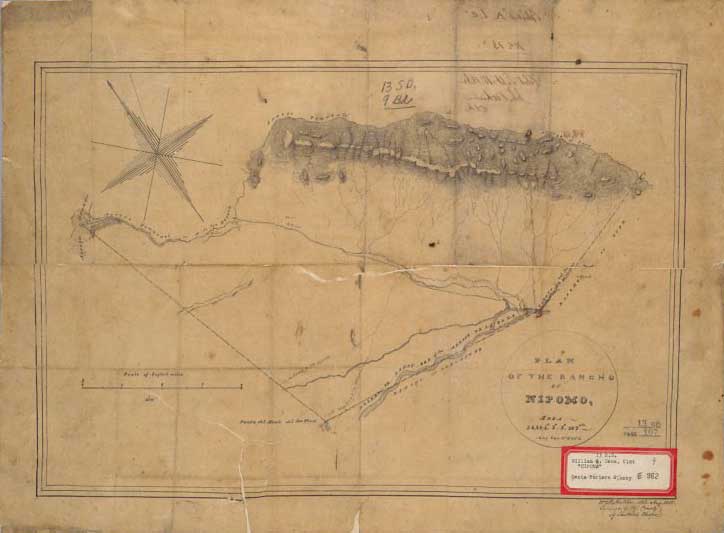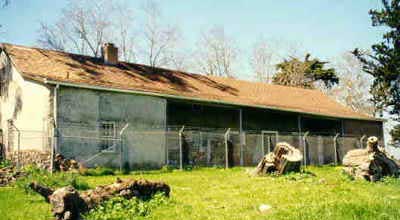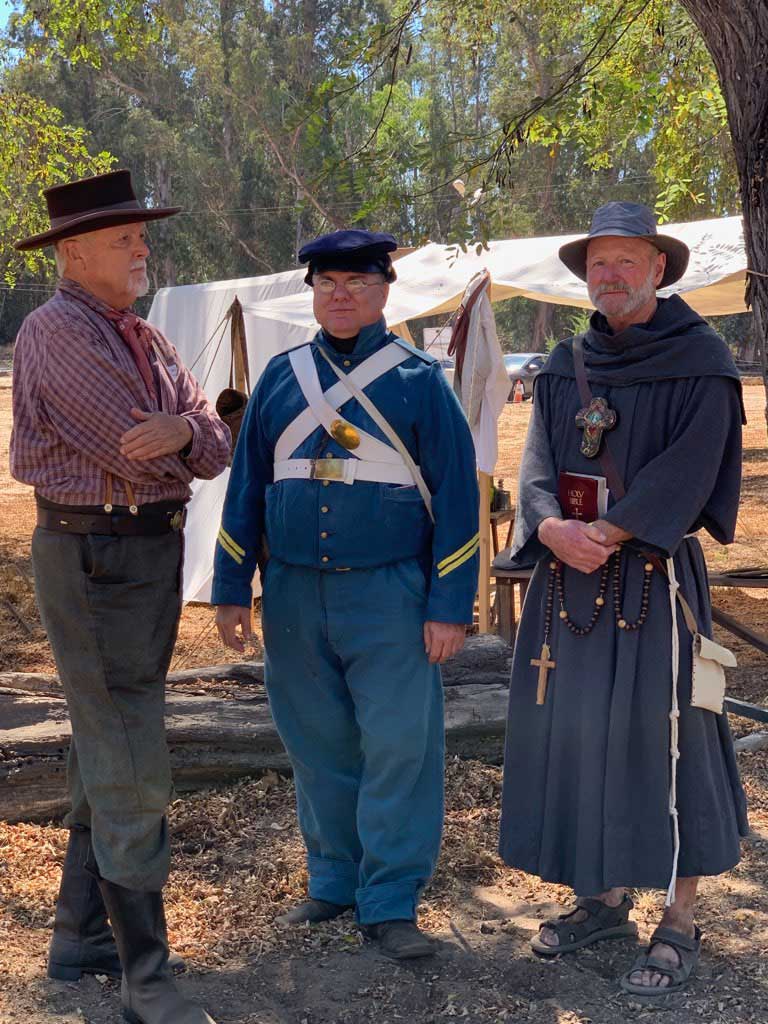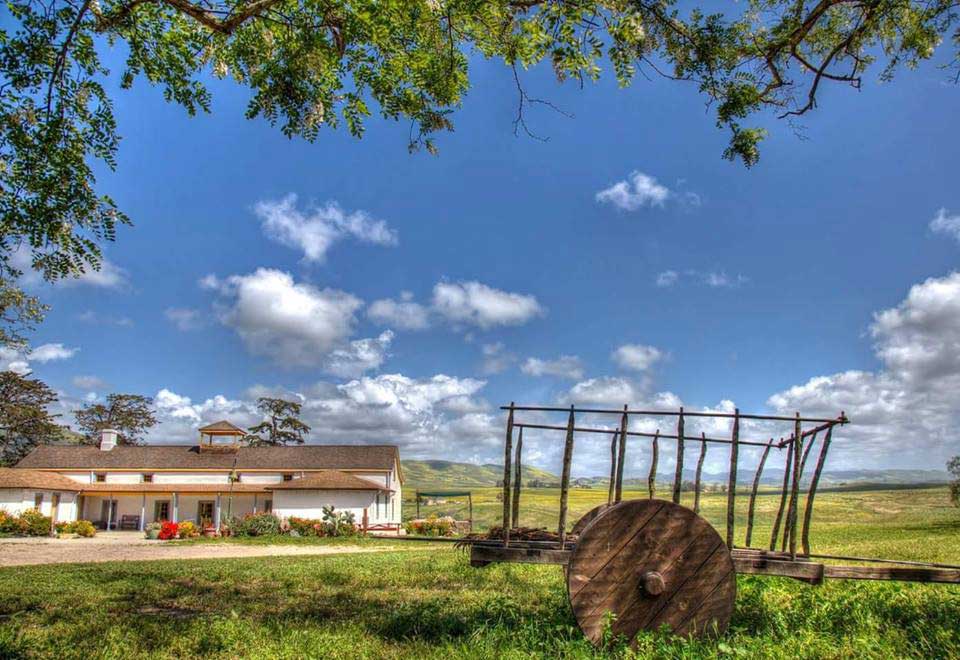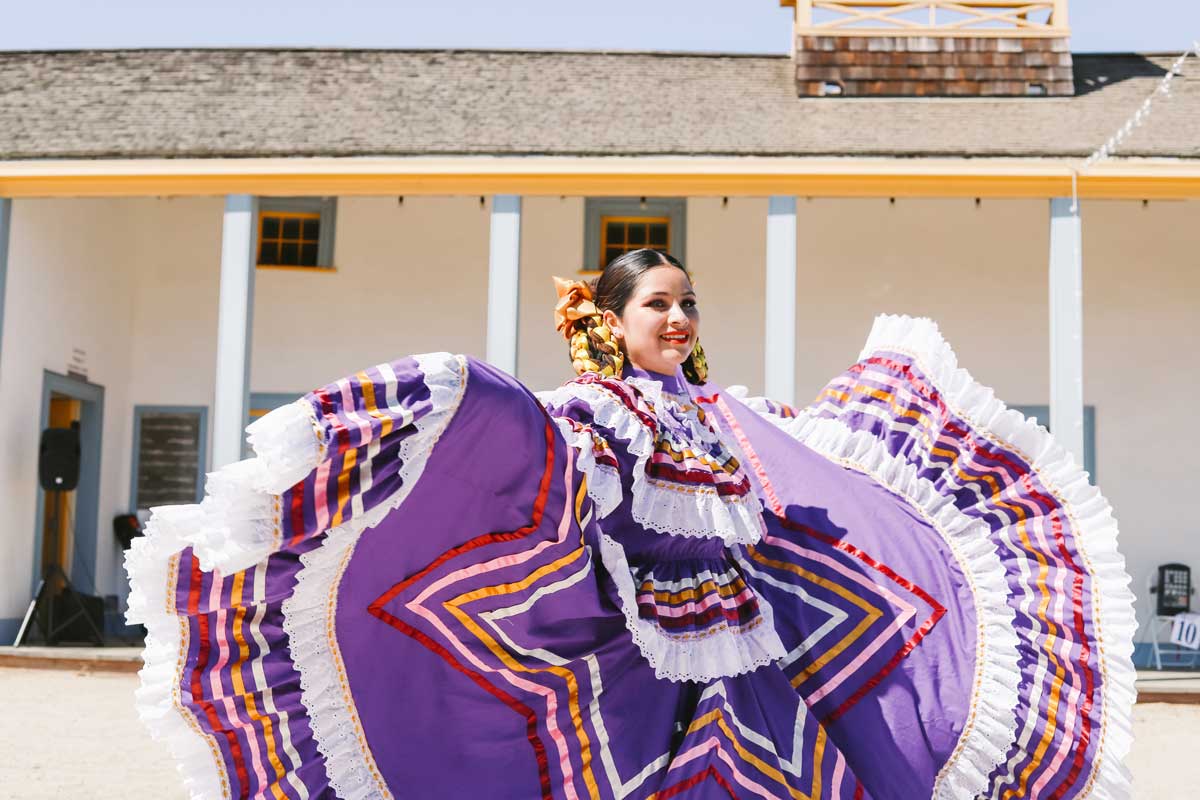History
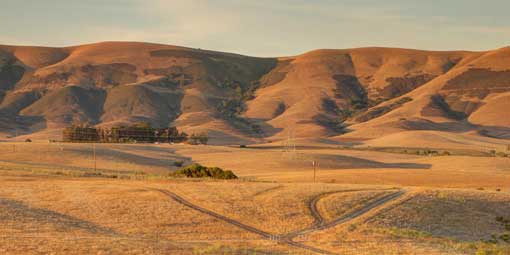
History
The California Central Coast has a unique history, culture, and environmental significance. The Dana Adobe is located at the eastern edge of ancient sand dunes which stretch 6 miles from the coast. To the east of the house is the adobe clay from the Temetatte Hills as it washes into Nipomo Creek. The natural beauty and diverse biology of Rancho Nipomo and the region has long been a focal point for botanists, geologists and other scientists. Much of the DANA Adobe’s property is like it was nearly 200 years ago, when Captain Dana first arrived in Nipomo.
Chumash Era
The Chumash lived along more than 160 miles of California’s Central Coast from Malibu to Avila Bay. Indigenous people have lived in this area for about 10,000 years. Once a Chumash Village, Nipomo meant, “At the Foot of the Hill.” The Chumash had at least two camps on the DANA Adobe property which are about 2,000 and 9,000 years old. The last Chumash tribal member recorded at the Nipomo Village departed in 1804 after being baptized and brought to Mission La Purisima Concepcion.
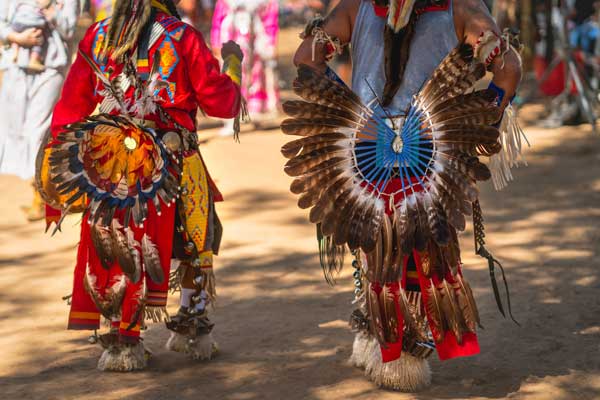
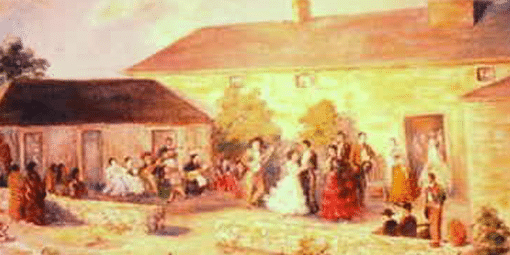
SPANISH ERA
The first Spanish ship sailed along the west coast of California in 1542. In 1769, the Spanish established the first of 21 missions in California, which would forever change the region. Spanish influence brought Catholicism, new animals, diseases, and both agricultural and economic changes to the area, which dramatically impacted the culture of the indigenous peoples. By 1821, the people of Mexico had rebelled from distant rule by Spain, and Mexico was begun. Under Mexican rule efforts were made to increase the population of California, leading to the advent of the ranchos.
RANCHO ERA
Twelve years after Independence, the Mexican government began the confiscation of former mission lands, a process called secularization. Beginning in the 1830s these lands were distributed to select Mexican citizens. Captain William Dana sought a ranch for his sizable herd of cattle and horses. He applied for a land grant in 1835 and Alta California Governor Alvarado granted his request for Rancho Nipomo on April 6, 1837.
DANA FAMILY
William Goodwin Dana was born in Boston on May 5, 1797. At the age of 19 Dana left Boston on his first voyage during which he circumnavigated the globe. Dana would move to the Pacific and rise to be a captain of his own ship during his 10 years living in Hawaii. By the mid-1820s, Dana moved to Santa Barbara and soon married his wife, Maria Josefa Carrillo. Carrillo’s father was an Alta California Governor and Mexican federal legislator. In 1835 Dana requested a Mexican land grant, Rancho Nipomo, which he was granted in 1837. Captain Dana and Maria Josefa would have 21 children, of which 13 reached adulthood. The Captain died in 1858 at the age of 60. Maria Josefa died in 1883 at the age of 71. They are buried together at the Old Mission Cemetery in San Luis Obispo. The family continues to have a strong presence in Central California.
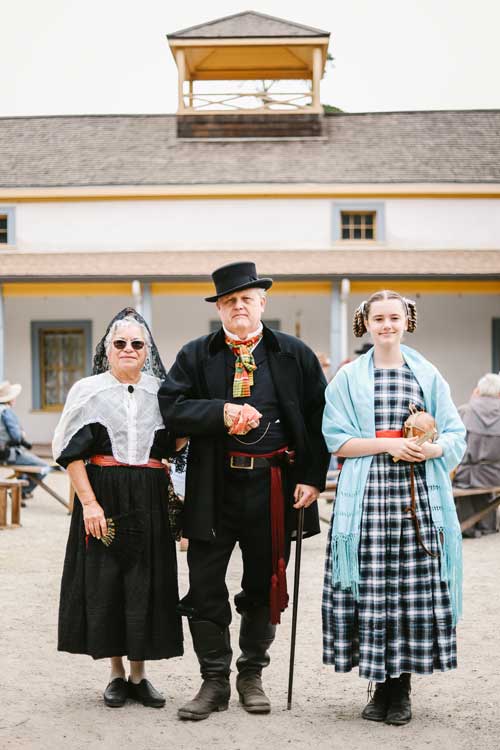
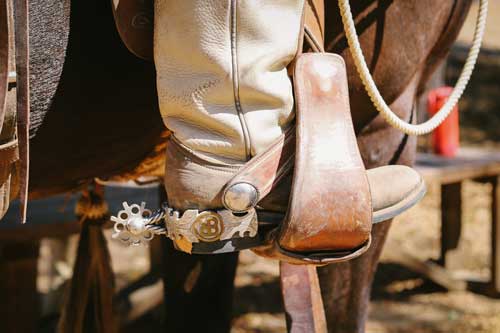
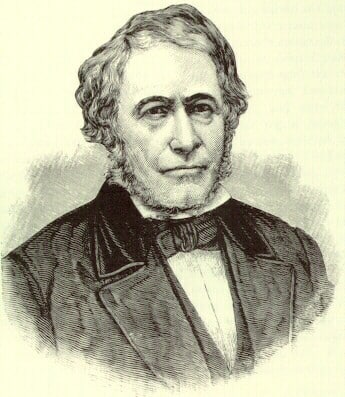
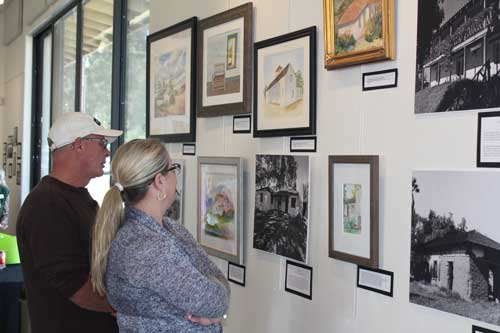
CURRENT EXHIBITS
The Permanent Exhibit located in the Dana Adobe Cultural Center provides an overview of the cultural and historic changes in California including the natural history from pre-history and beyond the Rancho era.
Viewing the exhibit is included in the cost of admission. There are some surprising and fascinating stories to find as you peruse the exhibit and displays.

